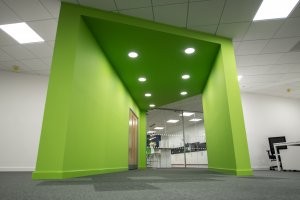
Working out your agile office space cost per square foot: 5 key factors to consider
Modern businesses are increasingly considering ditching the standard in favour of more dynamic, agile spaces – which aim to utilise the office space to its full potential – down to every last square foot




